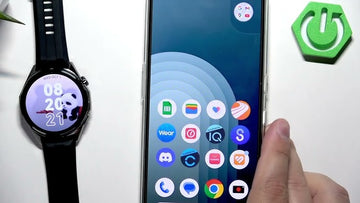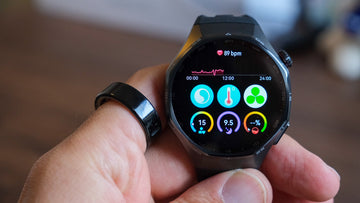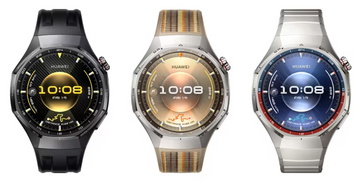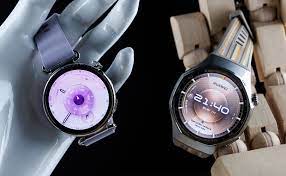Introduction: Bold Claims vs. Real-World Testing
The Huawei Watch GT6 Pro arrives with two headline promises:
-
“Sunflower” GPS — better tracking under trees, tall buildings, and switchbacks.
-
Improved sleep tracking with advanced stages (light, deep, REM).
But marketing slides don’t always match reality. We tested the GT6 Pro across city runs, leafy commutes, and overnight sleep sessions with a scientific-grade headband.
GPS Performance: The Good & The “Hmm”
✅ The Good
-
Fast lock times: GPS signals acquired in seconds, even on cold starts.
-
Clean tracks: On open stretches, tracks stayed tight and consistent.
-
Reliable distance/pace: Average speed and pace metrics matched reference devices closely.
⚠️ The Hmm
-
Urban canyons: In downtown-like settings, tracks sometimes veered off by several meters.
-
Tree cover: Occasional drift and corner cutting when running or cycling under heavy foliage.
-
Early-ride deviations: First few minutes sometimes showed greater offset before settling.
Tips to Improve GT6 Pro GPS
-
Start workouts outdoors; give the watch 15–30 seconds to stabilize lock.
-
Avoid instant starts under trees or tall buildings.
-
Update firmware regularly—Huawei often tweaks GPS algorithms.
-
Re-test favorite loops after updates for consistency.
Verdict: The GT6 Pro GPS is good enough for pace, distance, and most users, but not a gold standard mapping tool. For ultra-precise trails, Garmin and Coros still lead.
Sleep Tracking: What Works, What Doesn’t
✅ What’s Useful
-
Total sleep duration: Bedtime, wake time, and rough total hours are reliable.
-
HR/HRV during sleep: Adds useful context for recovery and stress monitoring.
-
Daily consistency trends: Great for building better sleep habits.
⚠️ What’s Less Reliable
-
Sleep stages (light, deep, REM):
-
Results often conflicted with scientific headband data.
-
Even wearing two Huawei watches gave different stage breakdowns the same night.
-
REM especially showed poor agreement, with frequent misclassification.
-
Better Sleep Workflow with GT6 Pro
-
Use it for bed/wake times + HR/HRV trends.
-
Ignore granular stage graphs—treat them as approximate.
-
For medical or recovery planning, rely on dedicated sleep trackers (chest straps, Oura, or bed sensors).
-
Regardless of tech, stick to fundamentals: fixed sleep schedule, dark/cool room, and reduced screen time before bed.
Bottom Line: What You Can Trust
-
GPS: Fast, generally reliable for distance and pace. Expect drift in dense or leafy areas.
-
Sleep: Useful for duration and recovery context. Stage detail is best taken with caution.
If you’re a runner, cyclist, or casual fitness user, the GT6 Pro’s GPS is plenty accurate. If you’re chasing elite precision or serious sleep-stage analytics, pair it with more specialized tools.
#HuaweiWatchGT6Pro #GPS #SleepTracking #RunningTech #Wearables






